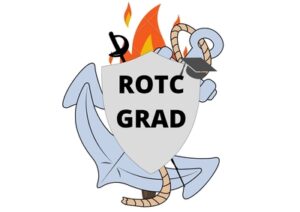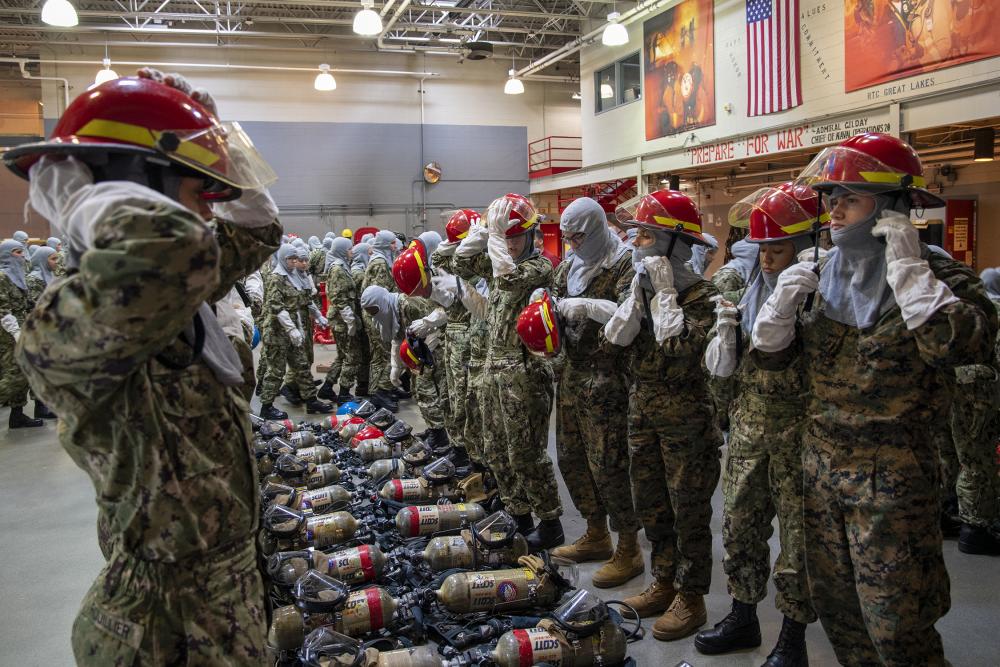
Introduction
There’s a plethora of communities within the Navy and Marine Corps. One thing the NROTC does well with Midshipman in both branches is introduce their freshmen to the varies career fields you can have as an officer. Furthermore, fleet life is dynamic and unlike any other lifestyle in the world. Knowing how the enlisted and office relationships work in this setting is also crucial to being a good leader.
Throughout your time in NROTC, you’ll partake in Midshipman Summer Cruises after each year of college. The trainings vary from one month to a couple weeks each successive year. Throughout this article, I’ll link to resources you don’t want to miss out on such as handbooks, publications, and infographics on what to expect.
1. CORTRAMID is the first real introduction to the fleet
This summer training stands for “career oriented training for midshipman.” It’s in San Diego for a month roughly from end of May to June. You have to be selected for a scholarship in college no later than April or have already obtained a scholarship in high school the year before. Some midshipman get selected after freshmen year and attend this training the summer of their sophomore year.
How this training works: You’ll be issued your Summer White uniform and travel on official military orders to San Diego from wherever you attend school or from your Home of Record (HOR). You don’t have to pay for any travel expenses and you even receive Sergeants pay (E-5) while you’re away for training. Once you fly in, the instructor staff will organize you into sticks as you get on a bus to head to Naval Base San Diego.
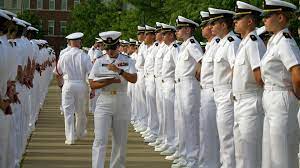
What it’s like: You’ll spend one week with each community in the Navy. It’s broken down into these subfields:
- Aviation (flying in helicopters, T-34s over the coast of Coronado, dunk tanks, and basic pilot training)
- Surface Warfare: Touring ships (LHDs, Aircraft Carriers, the Navy SEAL base, Q&A with sailors, watching an amphibious landing demonstration)
- Marine Week (shooting 50cal guns, urban tactical paintball, hiking, camping, obstacle courses, martial arts)
- Submarine (being on a submarine, driving it for a few minutes, eating dinner with the commanding officer, learning basic unclassified details of the nuclear reactor it uses)
“The T-34 felt like a roller coaster in the sky. The same zero-g feeling that you get at a Six Flags park or Great America. Best 30 minutes ever.”
– -Xavier Jackson, 4th Class Midshipman US Navy
Aviation week was my second favorite (I’m biased towards being a Marine). But I did enjoy being in the cockpit of some of the trainer planes.
There’s also several training stages you have to pass before hoping in the cockpit. A lot of it involved basic water survival inflation methods using the clothes on your body and swimming short distances underwater with gear on. They teach you how to do this before you’re formally evaluated.
Marine week was the most efficiently run and the most fun. Everything we went we ran whether it was from the chow hall or to the obstacle course. We received tons of basic leadership training and were pushed hard to maintain bearing and attention to detail while thoroughly enjoying all the warrior ethos they instilled in us. On top of that, we were introduced to almost every weapons system (M240s, M203s, M27 IARs, 50cals, sniper rifles) and vehicle the Marine Corps uses. Some of them we even got to ride on (7-tons, HMMWV, LAR tanks).
Surface warfare communities taught us all the iconic Navy aspects of fleet life. We toured several types of ships, some for helicopter landing and storage, others for jets and various land vehicles. We ate lunch with the crews, toured the SEAL base and even got to watch the BUDS class run around on the beach. There was even a portion where we docked a massive carrier ship from a small amphibious ship and got reeled in by the crew.
Below is a video snapshot of what you’ll experience at Cortramid (East and West):
Submarine week introduces midshipman to a very different Naval experience. The crews that operate on the submarines are very tight-knight, with rank often becoming secondary to the respect earned from each crew member on their respective position. They’re schedules are rigid but classified on when they’ll be at sea. The submarines smell probably like a spaceship does, and it’s extremely quiet on deck with only a faint humming sound throughout. The spaces feel confined and it’s definitely takes a certain personality to work in close quarters beneath the ocean.
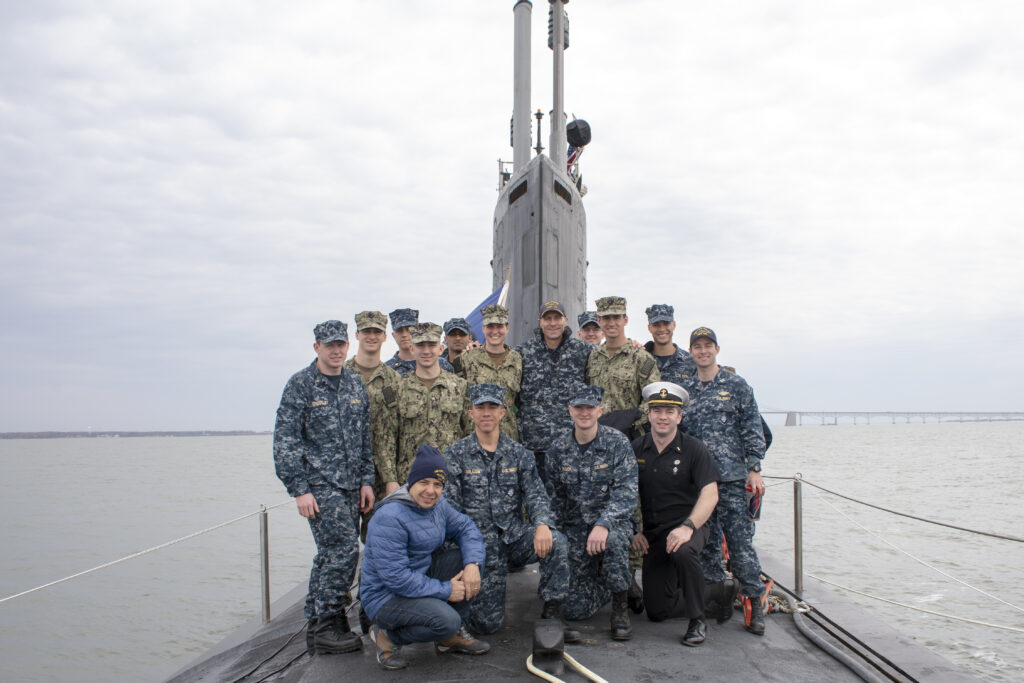
Other good things to know about CORTRAMID:
- You’ll stay in a hotel on base in San Diego the whole time.
- You’ll bring almost all you’re issued gear from your NROTC unit but you’ll also want to bring items mentioned in chapter 6 of the Midshipman Summer Training handbook.
- There’s a lot of downtime on the weeks so bring good books and also be aware you’ll have to sit through a bunch of PowerPoints and safety briefs before you do any of the fun stuff.
In short, the following are pros and cons of CORTRAMID:
| Pro | Con |
| Great exposure to different communities in the fleet | It’s a lot of midshipman in one place for a month. You have to wait your turn for a lot of things |
| You make friends and contacts you stay in touch with once you commission | Some instructors’ attitudes might sour your outlook on some communities even if that’s not the reality |
| If you decide the Navy or Marine Corps isn’t for you, you can still drop NROTC after CORTRAMID without having to pay anything back | Time away from my girlfriend |
2. You Can Usually Choose Your Second Summer Training
After you go to Cortramid, you will usually have several options to choose from on your next summer cruise. As a Marine Option, you will usually go to Mountain Warfare Training center.

However, if you find other civilian leadership summer trainings, your unit has a budget for that as well (leadership and business academies are fair game depending on your unit).
For Navy Midshipman, you will usually choose one of the communities you experienced in cortramid to spend more time with. Most of the time, this will involve shipboard orientation– spending time at sea with a fleet crew and learning on the job training. These trainings are usually only a few weeks long. 2nd Class cruises are also known as “blue jacket” cruises because you learn a lot about the enlisted side of the fleet.
For Marine Options, the Mountain Warfare Training camp is near Lake Tahoe (Bridgeport) and it’s some great training for Officer Candidate School. There’s a lot of hiking, running, and tactical camping throughout this training evolution. You’ll also be joined by some of your best friends you met in cortramid that are also Marine Options. The other option for aspiring Marine Officers is the amphibious landing cruise. I didn’t have the chance to experience this type of training, but it sounds like a good time.
If you’re going to Mountain Warfare Training, be sure to read the MWT Handbook on the official site.
My Experience With 2nd Class Summer Cruise (Sophomore Year Summer)
I was supposed to originally go to Mountain Warfare Training the summer after my sophomore year. For some reason is got canceled and I was left to decide what I wanted to do for my summer training. My command told me as long as it involved leadership training, I could find something and they would pay for it. Long story short, I and several other midshipman across the country were actually given a chance to attach to an infantry unit on the East cost.

A Marine unit was deploying to Africa to train security forces and we were sent to give the Marines feedback on how well they taught us (a bunch of untrained midshipman) on basic infantry skills. It was a great experience and more fleet training as well.
Meanwhile, my Navy counterparts went to Sea Trails or helped lead the freshmen New Student Indoctrination (NSI) that all NROTC students have to pass once they get a scholarship.
First Class Summer Training Explained
For the Navy midshipmen, this summer is the chance to further engage with the communities of interest they were exposed to during Cortramid.
One of my classmates spend 10 days on a submarine in a classified location. Another spent several weeks attending Mini-Buds for Navy SEAL training in Coronado, CA. Most of my class wanted to be pilots so they spend some time with a Navy VMA unit also down in California.
If you’re a Marine Option, you’ll have to go to Officer Candidate School (OCS) for one 6 week increment. You’ll spend every year leading up to this school training with your reserve unit, they do an outstanding job preparing you.
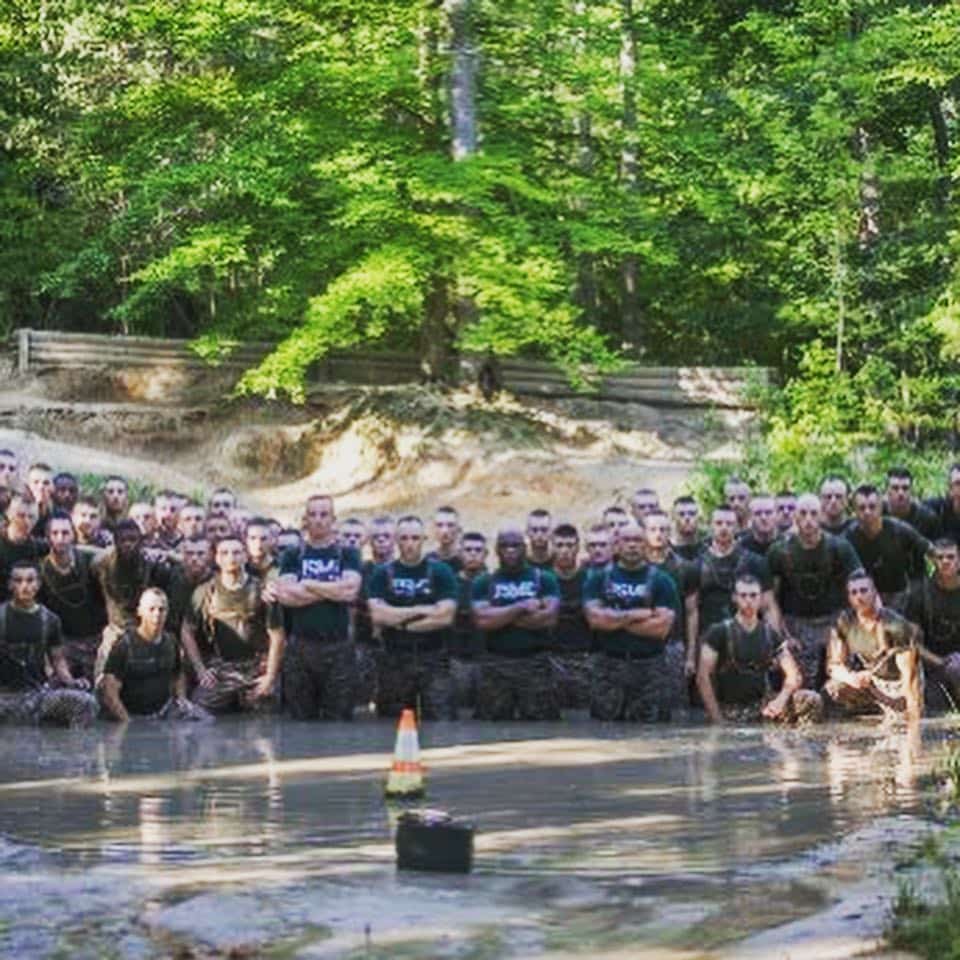
Every Friday morning from 6-10am, you’ll receive classes and conduct workouts to prepare you for all aspects of OCS.
3. Summer Training Isn’t Mandatory
While you’ll be “strongly encouraged” to attend summer training, you technically don’t have to attend any of these. I advise you to have a good reason for not being able to attend (international studies, family events etc). The only training you have to go to is OCS which you can do your Junior year or Senior year. Avoid going to OCS your senior year because that will be the last chance you have to pass.
4. You’re subject to the Uniform Code of Military Justice (UCMJ)
When you go to summer training, you’ll be on Active Duty orders. What does this mean? Don’t do drugs or fraternize with enlisted military personnel. You’ll receive plenty of lectures on what this looks like. Additionally, you’ll be drug tested every time you go to one of these trainings. The same rules apply when you’re in the NROTC program during the school year, but you’ll be extra punished if you’re convicted on an offense while on these trainings.
Important note: it’s not hard to stay out of trouble.
— My instructors
There’s no formal statistic on how many students get kicked out for drug use. At my unit, there was at least 1 per 40 midshipman (1 every semester) that wouldn’t graduate because of this. Some of these even happened while on Summer Cruise.
5. You’ll Receive Sergeants Pay Every Day You’re Gone
This includes OCS. It’s really nice to get E-5 pay every two weeks as a college student not at home. This basically turned into allowance money that my friends and I used to take Ubers to the beach in San Diego every weekend. Don’t flaunt this fact around, since it’s a privilege to get paid to go to your own training. You don’t even have to pay for your plane ticket or uniform items or anything.
6. You Have a Lot of Free Time In Summer Training
Even while you’re touring ships in San Diego or shooting guns with the Marines, you’ll have down time to work out, read books and hangout with friends. Even the active duty instructor staff like their time off. Find ways to be productive with your own time even while you’re at these trainings. Don’t think every second will be taken up by the schedule. There’s also a lot of waiting around
You can also feasibly take summer classes despite being gone for summer training. I wish I knew this fact earlier because then I could have shortened the demand of my semester course loads. I thought that I would be too busy during cortramid and my other trainings. Besides going to OCS, I would have had enough time each summer to do schoolwork.
7. Summer Training Doesn’t Prepare You To Be An Officer
Some of my most transformative experiences happened during summer training by how hard instructors pushed me and taught me. But the free time I spend working on my personal weaknesses made me a better officer. It didn’t come only from external, tactical training. While it’s nice to spend summers experiencing the “light at the end of the tunnel” fleet, it’s not meant to replace your obligation to study and learn about leadership on your own.
For a glimpse on ways to work on your leadership in addition to summer training, check out my video below on how I did it:
Additional Thoughts
Thanks for reading! If you have any questions or comments, feel free to reach out at theyouculture@gmail.com and I’ll do my best to answer them all. I wish there were more resources online for things related to NROTC but hopefully sharing my experience and that of my classmates gave you more insight on what to expect!
Stay tuned for the next article!
